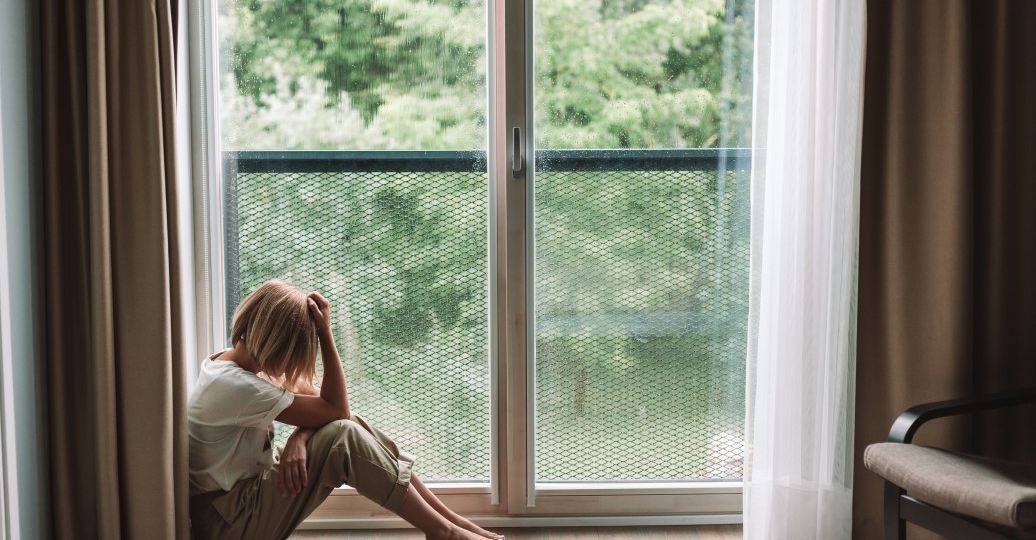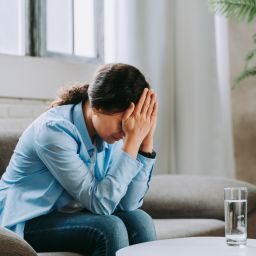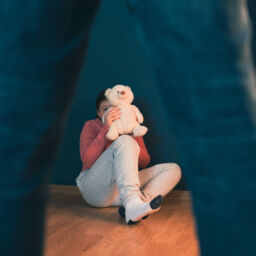
Isolation and Depression
by- Jordan Mcglamry
Throughout the pandemic, isolation was imperative to lessen the spread of the virus. However, isolation has a few drawbacks. HelpGuide offers the signs and main causes of depression, listing “loneliness and isolation” as risk factors (Smith, Robinson, & Segal, 2021). It is one thing to feel a bit down and another to feel hopelessness and despair. HelpGuide defines depression as “more than just sadness in response to life’s struggles and setbacks. Depression changes how you think, feel, and function in daily activities. It can interfere with your ability to work, study, eat, sleep, and enjoy life” (Smith, Robinson, & Segal, 2021). Depression is often marked by a sudden feeling of helplessness or hopelessness, a loss of interest in daily activities, appetite or weight change, sleep disturbances, anger or irritability, loss of energy, self-loathing, reckless behavior, lack of concentration, and/or unexplained aches and pains (Smith, Robinson, & Segal, 2021). Everyone experiences depression differently, suffering from different symptoms at different intensities (Smith, Robinson, & Segal, 2021).
HelpGuide explains that men tend to feel fatigue, irritability, sleep issues, and a loss of interest in work and hobbies (Smith, Robinson, & Segal, 2021). Men are also more likely to experience symptoms such as anger, aggression, reckless behavior, and substance abuse. Women are more likely to experience excessive sleeping, a pronounced feeling of guilt, overeating, and weight gain (Smith, Robinson, & Segal, 2021). Age can also play a factor in what symptoms are more prominent. Teens may feel anger and agitation more often than sadness, and they may complain of headaches, stomach aches, or other similar physical pains (Smith, Robinson, & Segal, 2021). Elders also demonstrate physical pain rather than emotional signals. They often cite symptoms such as fatigue, unexplainable aches and pains, and memory problems (Smith, Robinson, & Segal, 2021).
Cigna’s 2018 study on loneliness found that almost half of American adults are lonely, and the youngest generation of adults is the loneliest of all (Cigna, 2018). Isolation and loneliness go hand-in-hand and loneliness has a strong relationship with depression (Smith, Robinson, & Segal, 2021). A lack of social interaction and support heightens the risks for depression, so it is imperative to strive in maintaining contact with loved ones through a variety of methods. Messages, phone calls, video chats, and social media offer outlets to keep in contact with the outside world in times of isolation. Isolation does not always mean being entirely alone. A person can be in a house full of family members and still feel lonely. Through overexposure to this group, they could feel just as lost as if they were alone. It is important to try to take time alone and to reach out to friends who can offer different types of fulfilling conversation. If living with roommates, a person might benefit from reaching out to family to feel that sense of connection. Whatever the situation, we should try to fill the gaps of socialization with whoever we miss in our day-to-day lives. Once someone recognizes that depression could be affecting them, they can take steps to reduce symptoms. It is important to keep in touch with people, even when face-to-face contact cannot be achieved, though this is much easier since the pandemic has slowed down. Connection and community can blossom by people being good listeners, offering support, and lending a judgment-free ear.
Another way we can assist our mental health and reduce depression is through physical activity. Start exercising regularly. Exercise doesn’t have to be extensive. Start with a walk or even dancing around the room to music in order to get the blood flowing and release endorphins. A healthy diet is often a great way to alleviate symptoms of many illnesses and mental health disorders (Smith, Robinson, & Segal, 2021). A mood-boosting diet means a reduction of certain foods such as caffeine, alcohol, trans fats, sugar, and refined carbs and an increase in nutrients such as Omega-3 fatty acids, vitamin B, fiber, and proteins (Smith, Robinson, & Segal, 2021). Lastly, find ways to engage with the world, whether by spending time in nature, taking care of a pet, or picking up a new hobby. The Cigna study suggests that the right balance of sleep, work, socializing with friends, and “me time” correlates with reduced levels of loneliness (Cigna, 2018).
For some people, analyzing how their situation relates to how they feel physically and mentally can be difficult. Forming new habits or taking up new hobbies can be hard when it feels like the world is falling apart, but keep personal morale up. In times of great change or stress, this keeps us from drowning in challenging environments.
We at ARO are here to support you in your personal healing journey to complete well-being. We bring awareness and education to 13 different types of abuse including Narcissistic, Sexual, Physical, Psychological, Financial, Child, Self, Cyberbullying, Bullying, Spousal, Elderly, Isolation and Workplace, and help others heal and find peace. Please support our efforts by going to GoARO.org to learn how you can make an impact on the Abuse Care Community.
References
Cigna. (2018). Cigna 2018 U.S. loneliness index. https://www.cigna.com/assets/docs/newsroom/loneliness-survey-2018-updated-fact-sheet.pdf
Smith, M., Robinson, L., & Segal, J. (2021, October). Depression symptoms and warning signs. HelpGuide. https://www.helpguide.org/articles/depression/depression-symptoms-and-warning-signs.htm [/vc_column_text][/vc_column][/vc_row]
















